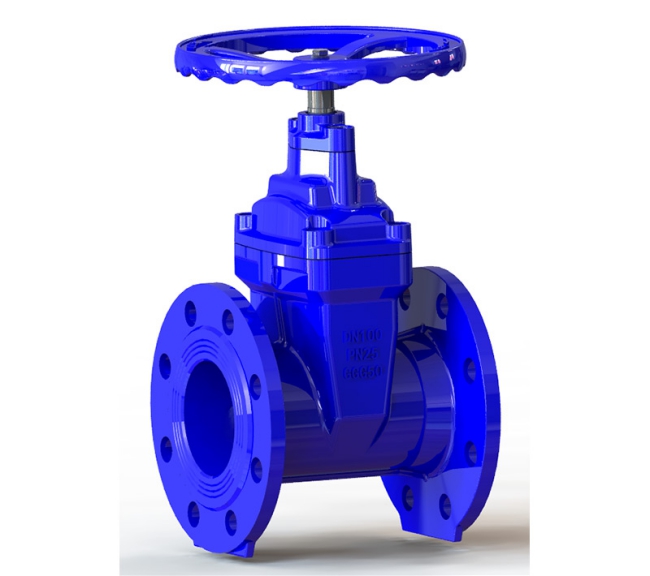In recent years, with the increase in oxygen consumption, most oxygen users have used oxygen pipelines for transportation. Due to the long pipelines and wide distribution, coupled with the sudden opening or quick closing of the valves, accidents such as the combustion and explosion of the oxygen pipelines and valves occur from time to time. Therefore, It is very important to analyze the hidden trouble and danger of the oxygen pipeline and gate valve and take corresponding measures.
Analysis of Causes of Combustion and Explosion of Several Common Oxygen Pipes and Valves
1. The friction of rust, dust, welding slag in the pipeline, and the inner wall of the pipeline or the valve port will cause high temperatures and burn.
This situation is related to the type, particle size, and airflow velocity of impurities. Iron powder is easy to burn with oxygen, and the finer the particle size, the lower the ignition point; the faster the gas velocity, the easier it is to burn.
2. There are low ignition point substances such as grease and rubber in the pipeline or valve, which ignite at local high temperatures.
3. The high temperature produced by adiabatic compression burns combustibles
For example, the temperature before the valve is 15MPa, the temperature is 20°C, and the pressure after the valve is 0.1MPa. If the valve is opened quickly, the oxygen temperature after the valve can reach 553°C according to the adiabatic compression formula, which has reached or exceeded the ignition point of some substances.
4. The lowering of the ignition point of combustibles in high-pressure pure oxygen is the incentive for the combustion of oxygen pipeline valves
Oxygen pipelines and valves are very dangerous in high-pressure pure oxygen. Tests have proved that the detonation energy of fire is inversely proportional to the square of the pressure, which poses a great threat to oxygen pipelines and valves.

The real reason for the ban on the gate valve is actually because the sealing surface of the gate valve will be scratched and damaged due to friction during relative movement (that is, the opening and closing of the valve). Once damaged, there will be "iron powder" falling off from the sealing surface, such fine particles The iron powder is easy to catch fire, and this is the real danger.
In fact, gate valves are forbidden on oxygen pipelines. Other stop valves are also subject to accidents. The sealing surface of the stop valve will also be damaged, and danger may also occur. The experience of many companies is that all oxygen pipelines use copper-based alloy valves instead of carbon steel, Stainless steel valves.
Copper-based alloy valves have the advantages of high mechanical strength, wear resistance, and good safety (no static electricity). The real reason is that the iron filings generated by the sealing surface of the gate valve are very easy to wear. As for the sealing performance Decline or not is the key.
The above information is provided by industrial valve manufacturer.